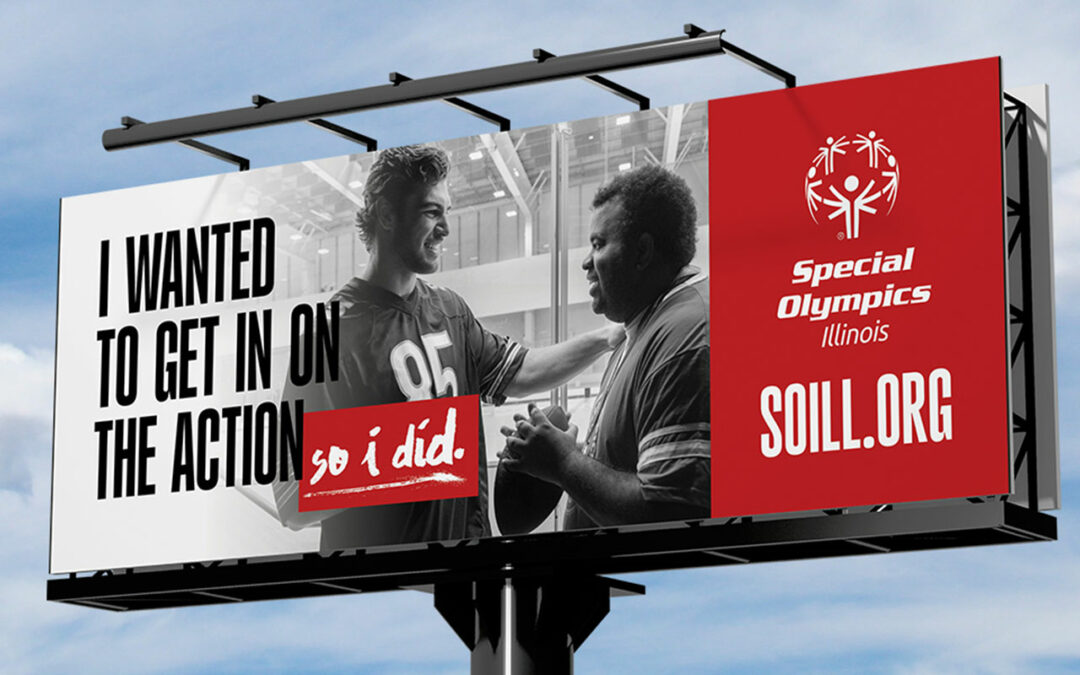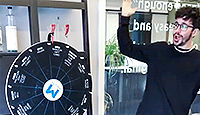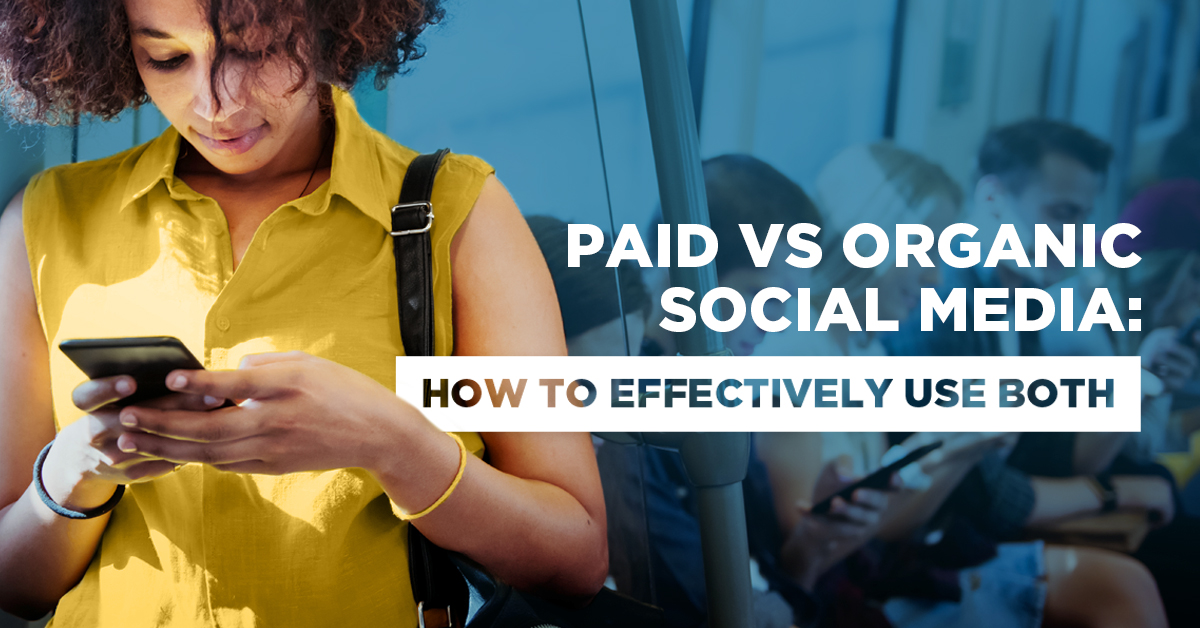In today’s fast-paced digital environment, social media has become an invaluable tool for business growth, but how do you make the most of your chosen platforms?
One of the most important factors is understanding the difference between paid and organic social media and how to make the most of each option.
When combined with strategic social media management, as offered by our expert team at MACLYN, both methods offer opportunities to connect with audiences, build brand awareness, and drive engagement.
So, let’s explore the key differences between paid and organic social media and how to maximize both options for profit and growth.
What Is Organic and Paid Social Media?
As the name suggests, paid social media requires financial investment to promote content, increase visibility, and reach a targeted audience. It involves running paid advertisements, sponsoring posts, and boosting content.
Paid social media offers the following benefits:
- Enhanced reach and increased brand awareness as you extend your content’s visibility beyond your follower base
- Targeted advertising opportunities with the option to define demographic criteria, interests, and behaviors to increase the chance of conversion
- Accurate analytics from campaigns help measure the effectiveness of your efforts, track key metrics, and make data-driven decisions
- Speedy results as the algorithm boosts the visibility and engagement of paid posts
- Option for A/B testing and optimization as you experiment with different ad formats, targeting options, and creative content
- Retargeting opportunities to increase the chance of converting interested consumers into paying customers
- Gain a competitive edge by occupying valuable ad space, reaching your target audience, and creating a strong brand presence online
Organic social media describes any social media activity without paid promotion. These unpaid efforts and activities strive to engage with an audience genuinely and meaningfully.
Businesses and brands leverage organic social media for the following benefits:
- Authentic engagement and genuine connection
- A cost-effective strategy for businesses with limited budgets
- Build engaged communities and foster long-term relationships by sharing valuable content, initiating conversations, and responding to comments
- Potential to go viral and reach a broad audience without paying for advertising, enjoying the benefits of earned media
- Contribute to overall SEO (search engine optimization) benefits by driving traffic to your website, increasing visibility, and improving search rankings
- Avenue for direct feedback and valuable insights from the audience
- Long-term value as genuine interest and engagement is built over time
Main Differences Between Paid and Organic Social Media
Both paid and organic social media offer valuable advantages, whether you’re posting on Facebook, Instagram, LinkedIn, TikTok, YouTube, or Twitter. However, there are a few differences to consider that will guide you toward the best strategy to grow your business.
Budget
The required budget is the most significant differentiating factor between paid and organic social media. While paid social media requires a financial commitment, organic social media relies more on the strategic use of time and resources.
Paid social media requires an upfront financial investment to run social media ads, boost posts, and promote content. The budget will vary based on several factors, such as your campaign goals, target audience size, ad placements, and the campaign’s duration. When executed strategically, the money behind paid social media campaigns offers a worthy return on investment.
On the other hand, organic social media efforts don’t require a direct financial investment to boost content online. Instead, the social media budget is preserved for creating powerful, on-brand content, hiring a social media manager, or outsourcing marketing services. Rather than allocate a budget to promoting content online, the primary cost is associated with buying time and creativity.
Audience
There’s a delicate balance between the precision of paid targeting and the organic reach of engaging content to maximize a brand’s exposure and impact. With the audience in mind, the most important question to ask is who you are trying to reach.
Paid social media allows you to target your desired audience based on demographics, interests, behaviors, and location. Paying for a targeted audience ensures you tailor your campaign to reach a specified audience of new customers with the highest chance of conversion.
Organic social media efforts place your content in front of a broad, organic audience, which may include existing followers and their connections and people who stumble across your brand by chance. By throwing out a broad net, the captured audience tends to be more diverse, and the conversion rate is typically lower than paid promotions.
Type of Content
While both paid and organic social media represents the band, there are differences between the two, each geared toward specific goals. While paid social media posts are designed to drive action, organic social media posts build relationships and connect with the audience more deeply.
Have you noticed that paid social media posts are incredibly eye-catching and persuasive, with a strong call to action? That’s because paid social media are designed to drive specific actions, such as clicks, conversions, or app installations. Paid posts comprise stunning visuals and concise, compelling actions that prompt immediate engagement.
While organic social media posts also aim to drive engagement, the posts adopt a varied and authentic approach. Organic posts provide an opportunity to showcase your brand’s personality, share behind-the-scenes footage of the team, provide valuable tips, go live, and foster genuine connections with the audience.
Goal
Each marketing effort should have a clear goal, including social media content. Paid and organic social media each strive toward different yet equally important objectives. You need to understand the differences to strike a balance between the two.
If your focus is on achieving measurable goals and specific conversions, then paid media is the route to go. Paid media drives immediate action with the goal to maximize the return on investment and directly impact your bottom line. For example, paid media helps to generate leads, increase website traffic, convert e-commerce sales, and grow your email list.
Organic social media emphasizes brand awareness and strives to foster engagement and nurture long-term relationships with your audience. Organic posts cultivate a loyal community, establishing the brand as a leader in the industry while creating an emotional connection with your followers.
Tips for Using Paid Social Media
Paid social media requires a thoughtful approach, continuous monitoring to maximize financial investment, and a willingness to adapt and improve based on insights.
The following considerations should be kept front of mind when assessing a paid social media campaign strategy.
- Clearly define your objectives and desired outcomes so you can align your paid campaign with these goals
- Take the time to understand your target audience by conducting market research and creating buyer personas
- Experiment with different ad formats, visuals, copy, and targeting options by running A/B tests and analyzing performance to maximize the effectiveness of the campaign
- Determine a realistic budget based on your objectives and your chosen platforms, considering audience size, competition, and the expected cost per click
- Take advantage of analytics and tracking tools provided by social media platforms to measure your paid campaign’s performance, paying attention to key metrics such as click-through-rates, conversions, and the return on ad spend
Tips for Using Organic Social Media
When refining your organic social media marketing strategy, remember these few tips.
- Develop a consistent content strategy that aligns with your brand’s voice, values, and goals
- Actively engage with your audience by responding to comments, messages, and mentions promptly
- Leverage relevant hashtags to increase the chance of your content being discovered
- Collaborate with influencers and partners as part of your digital marketing strategy to reach a wider audience
- Regularly review the performance of your efforts and use analytics tools to study engagement rates, reach, and follower growth to understand what content resonates most with your audience
Social Media in Action
Are you interested in an effective social strategy executed by a progressive and innovative paid social marketing agency? Consider the journey of Wannemaker’s Home and Garden, Chicago’s most-loved garden and home boutique.
The family business leveraged MACLYN’s brand development, website design, strategy, content creation, social media management, and media placement services (among others) to reveal a fresh and relevant brand.
At MACLYN, we pride ourselves on being a leading social media agency in Naperville, helping brands boost their reputation while driving conversions. We guide our valued customers on where and what to post and how to maximize results.
Contact us today, and let’s get started on a game-changing social media strategy — both paid and organic!


 The Meaning of MACLYN
The Meaning of MACLYN Our Team
Our Team















 Brand Development
Brand Development Content Creation
Content Creation Graphic Design
Graphic Design Photography
Photography Web Design + Development
Web Design + Development Outsourced B2B Marketing
Outsourced B2B Marketing Strategy
Strategy SEO
SEO Search Engine Marketing
Search Engine Marketing Social Media Management
Social Media Management Content Marketing
Content Marketing Influencer Marketing
Influencer Marketing Videography
Videography Post-Production
Post-Production Screenwriting
Screenwriting Animation
Animation Earned Media
Earned Media Community Relations
Community Relations Crisis Communication
Crisis Communication